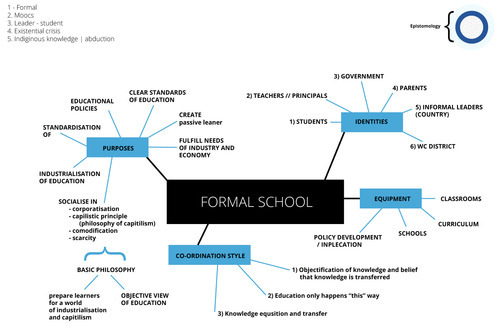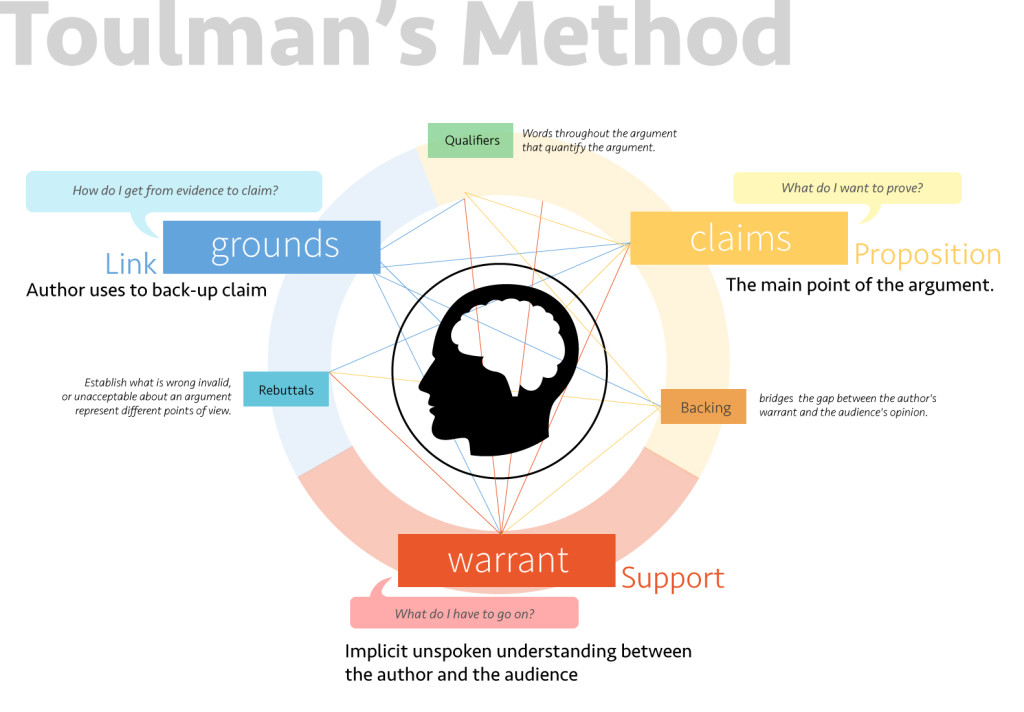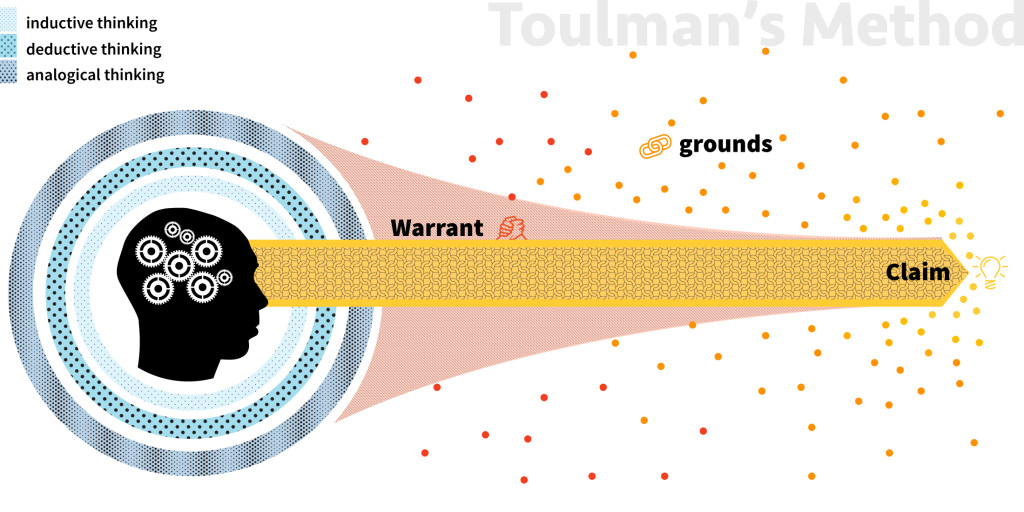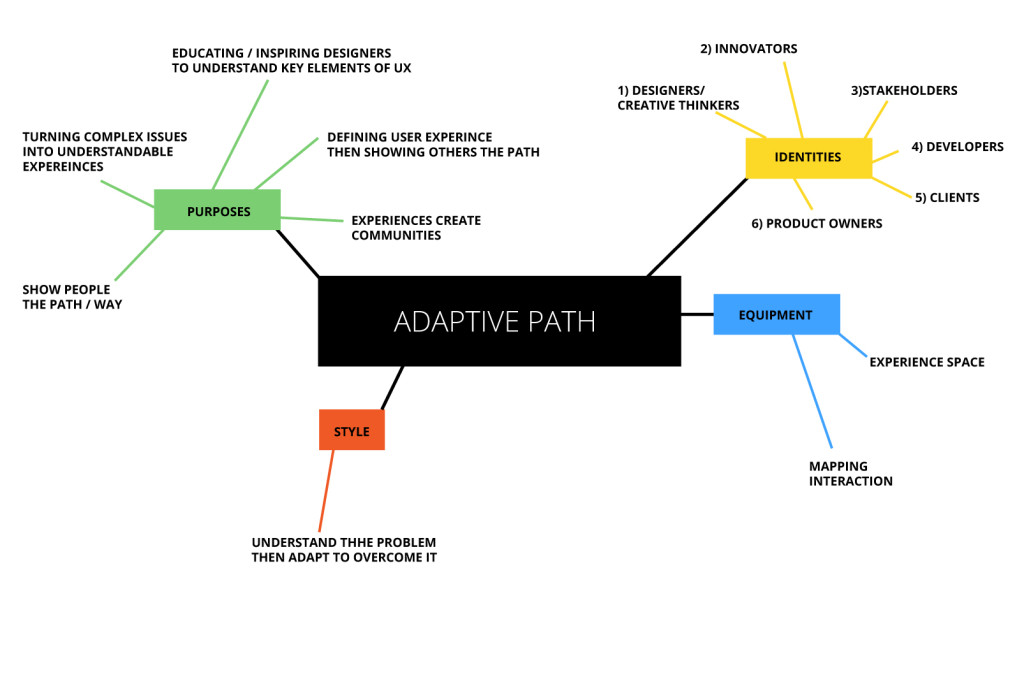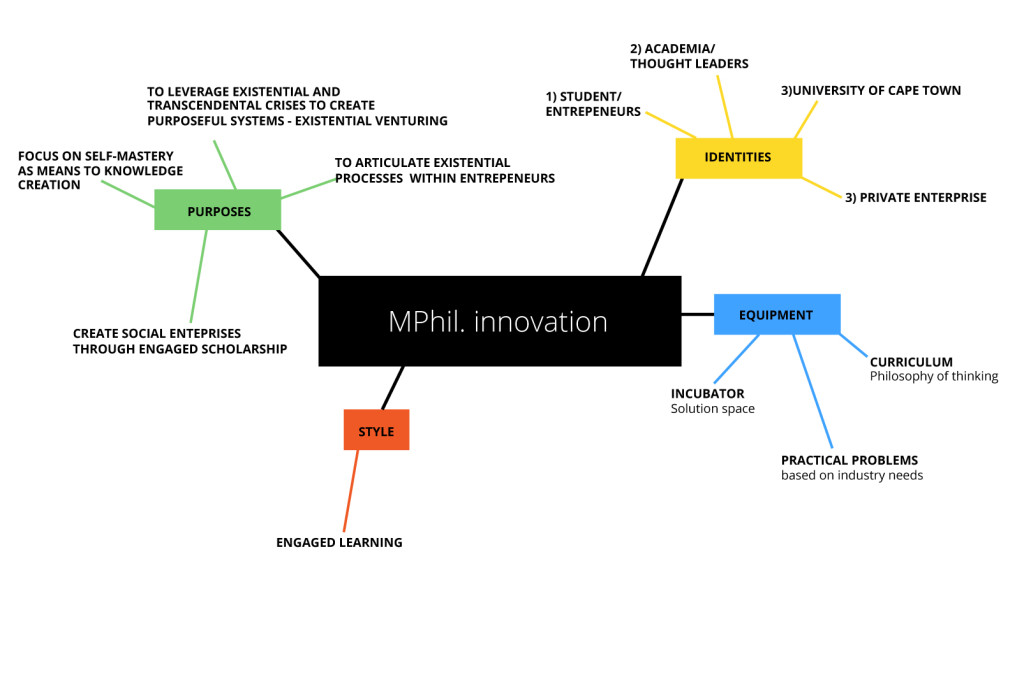Integrative thinking and business models
Fred Smith, the founder of Federal Express. It is what he called “ Kaleidoscope thinking.” He said, “sometimes when you look at a business plan and it’s intractable, you need to keep looking at it and turning the kaleidoscope until you see a different pattern emerging.” Which goes to show that for creative leaders, getting past the tradeoffs is often a matter of trying to get past the antithetical way of stating the problem. – Integrative thinking , Spencer Stuart, directors’ breakfast summary
The way in which Kaleidoscopic thinking is explained here, is really beautiful. It resonated with me because it reminded me of a lot of ways in which we make sense of our surroundings or comprehend how our surroundings work together to make something new. I think I find this fascinating because my mind has mot recently been restructured in the way I view things. This is mainly from reading Douglas Hofstadder’s, Surfaces and essences, where he talks about grasping through our worlds through making analogies. We come up with absurd analogies and test them together until we recognise something new or brilliant. This book has really changed the way I listen to people talking and it feels like everyone is just constantly putting their imaginations together in order to have practical communication. It’s beautiful.
Addressing one piece of the choice puzzle means many others are affected, making it impossible to break the puzzle down into small parts and solving each sequentially. Outcomes of initiatives are often difficult to predict, and conditions often change before solutions can be implemented. Further, such choices typically cannot be made from within narrowly defined functional, regional, or operational boundaries. Different areas of an organisation see the issues and the choices that face them from different perspectives. This suggests the need for managers who can attend simultaneously to a vast array of interconnected variables and related choices to deal effectively with enigmatic choices. In short, modern leadership necessitates integrative thinking. Integrative thinkers work to see the whole problem, embrace its multi-varied nature, and understand the complexity of its causal relationships.They work to shape and order what others see as a chaotic landscape.They search for creative resolutions to problems typically seen by others as a simple ‘fork in the road’ or an irresolvable bind brought about by competing organisational interests.
At its core, integrative thinking is an art, not a formula or algorithm that can be followed routinely from start to finish. Managers who attempt to reduce choice making to an algorithm are quickly overwhelmed by the enigmatic qualities their formula overlooks. As in art, a heuristic, not algorithmic process must guide the integrative choice maker.
– The art of Integrative Thinking, Roger Martin and Hilary Austen
We were told to work on business models, using integrative thinking. I worked on three business models. One on Ideo, Adaptive path and one on the MPhil programme. These business models are iterative pieces of work, so here comes the start of learning how to do business model innovation.
Ownpower | Learning Management System workshop
Here’s what I got up to this week…
Ownpower invited me to a workshop. Nosakhere was also present. The aim of this workshop was to come up with a new paradigm of learning, or a new business model for online learning.
We used integrative thinking and causal loops to get to the heart of the subject. We looked at two lens views, to create the business models.
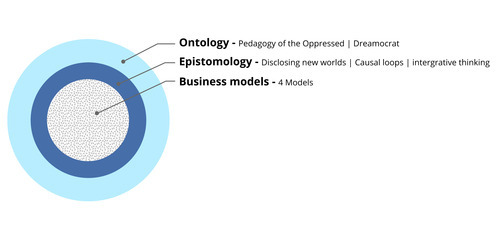
Ontology
We used the Pedagogy of the oppressed by Paulo Freire. It is a book based on the teacher student relationship. Freire, speaks of traditional education working on a linear bases he calls it the ”banking model” because it treats the student as an empty vessel to be filled with knowledge. He offers a solution, to treat the learner as a co-creator of knowledge.
This fits onto Nosakere’s dreamocrat model. The model points out for every learner/dreamer there is an equivalent educator/dreamer. At the moment traditional education is working on a vertical axis, where the educator treats the student as an empty vessel and the student in turn accepts knowledge as a passive learner. The horizontal axis is where we witness subject, objective unity. Where Learning how to receive knowledge creates the Co-dream. It’s not about one role, it’s about making the world a better place form both sides. The ideal spot to be for all, is a balanced central position, the Dreamocrat.
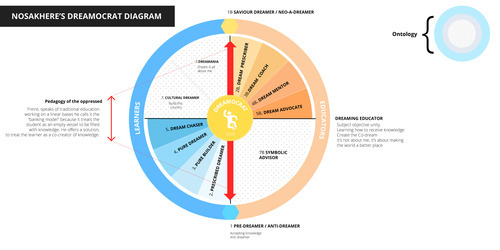
Epistomology
We worked with Disclosing new worlds – By Charles Spinosa, Fernando Flores and Hubert L. Dreyfus I have not read it yet, so I will quote a section from this website. However, I’m sure there will be a future blog post on this book.
Disclosing New Worlds calls for a recovery of a way of being that has always characterized human life at its best. The book argues that human beings are at their best not when they are engaged in abstract reflection, but when they are intensely involved in changing the taken-for-granted, everyday practices in some domain of their culture—that is, when they are making history. History-making, in this account, refers not to wars and transfers of political power, but to changes in the way we understand and deal with ourselves.
Disclosing new worlds diagram
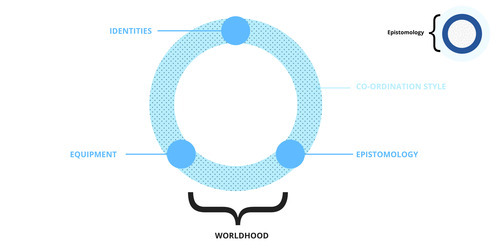
I then got taken through the ridiculously, awesome process of causal loops. A causal loop is used to understand complex systems. A causal loop is a visualisation method, where we map out all the possible variables in a system, to understand how they are interrelated. This is the LMS causal loop.
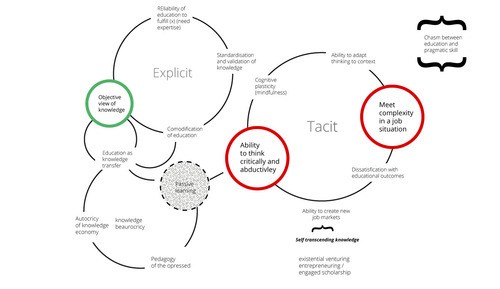
Then, we used Integrative thinking. It is a method or discipline, in which one can solve complex problems. It was originated by Graham Douglas.
All these methodologies and techniques have been used to create business models for the LMS. Here is our first business model on formal learning.
